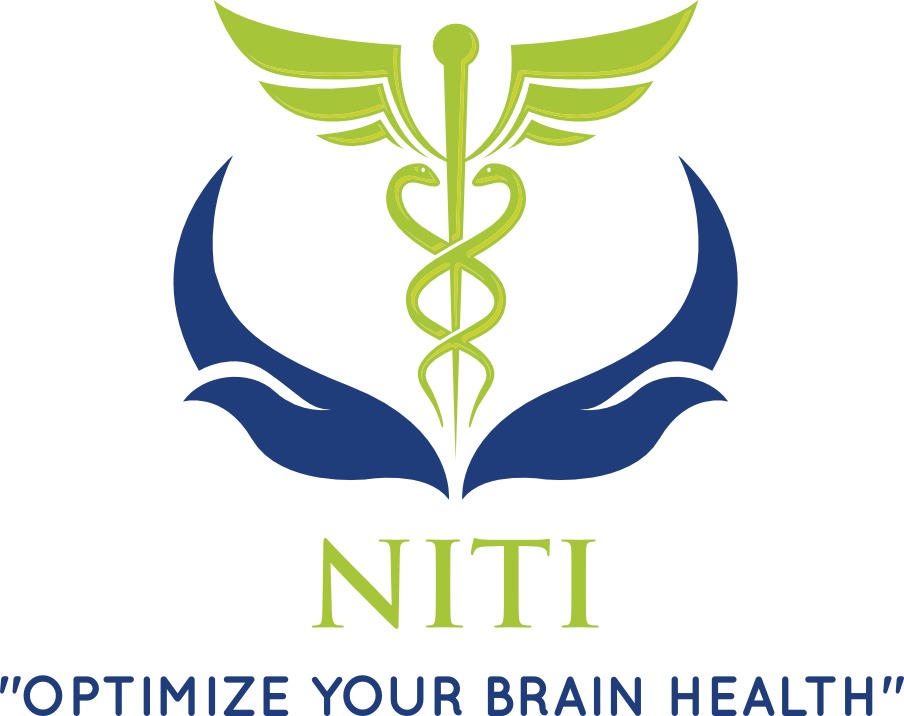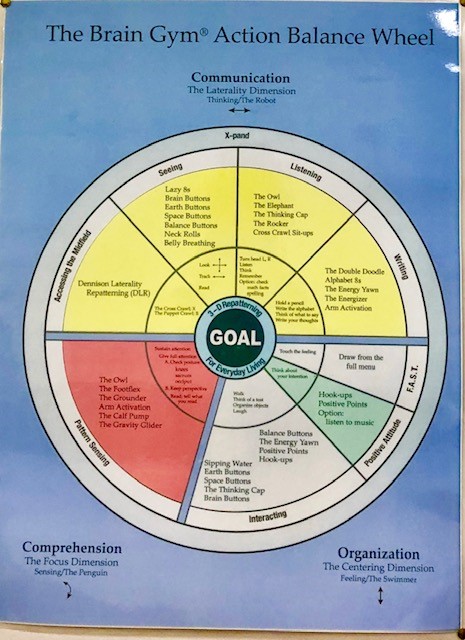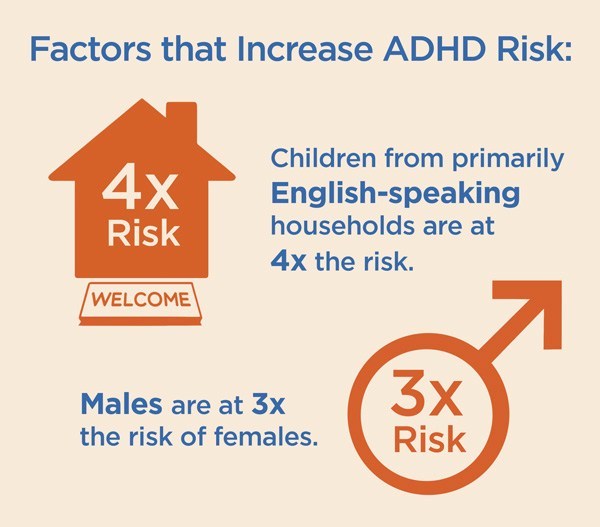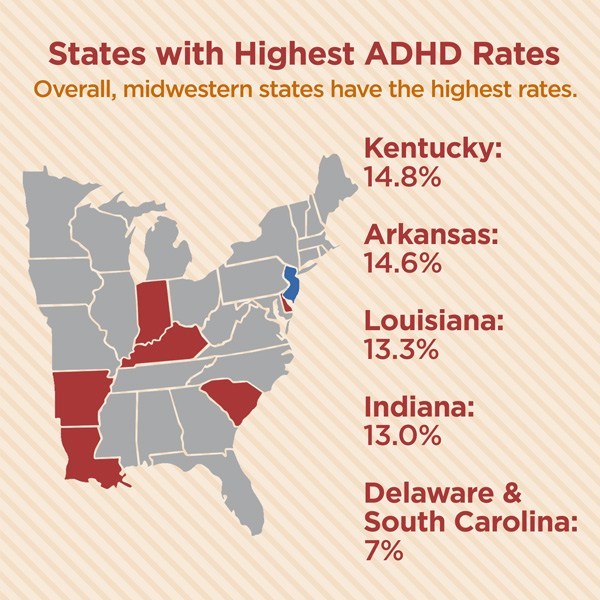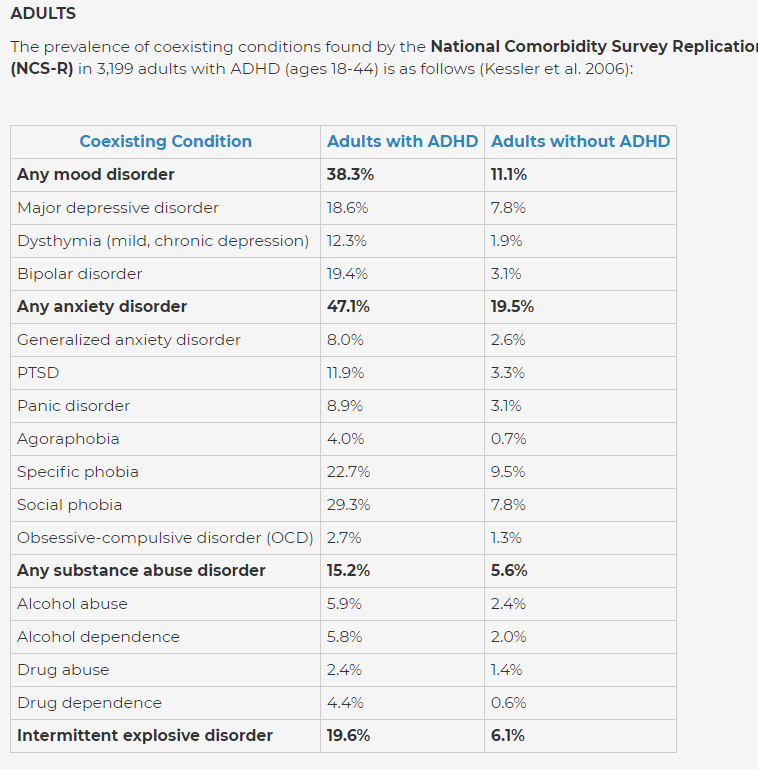ADD/ADHD

Best Supported Intervention (APA)
AMERICAN ACADEMY OF PEDIATRICS LISTS NEUROFEEDBACK AS RESEARCH- BEST SUPPORTED INTERVENTIONS
The American Academy of Pediatrics reviews the quality of clinical research for treatment with children. Their “Evidence-based Child and Adolescent Psycho-social Interventions” sites neurofeedback and biofeedback as “Level 3 Research — Best Supported interventions.
This is strong confirmation on the effectiveness of neurofeedback for attention disorders. The American Academy of Pediatrics reviews the quality of clinical research for treatment with children. Their “Evidence-based Child and Adolescent Psycho-social Interventions” sites neurofeedback and biofeedback as “Level 3 Research — Best Supported interventions.

FDA Approval
FDA permits marketing of first brain wave test to help assess children and teens for ADHD July 15, 2013. The U.S. Food and Drug Administration today allowed marketing of the first medical device based on brain function to help assess attention-deficit/hyperactivity disorder (ADHD) in children and adolescents 6 to 17 years old. When used as part of a complete medical and psychological examination, the device can help assist in ADHD diagnosis or a clinician’s decision that further diagnostic testing should focus on ADHD or other medical or behavioral conditions that produce symptoms similar to ADHD.
Read More: https://www.healthline.com/health/adhd/facts-statistics-infographic#fast-facts
Our Integrated Approach in Assessing and treating ADD / ADHD
We start with an intake followed by a comprehensive evaluation by our clinician that involves some computerized cognitive testing, EEG assessment and review of the data as well as Quantitative EEG analysis.
Our assessments help in understanding the primary issues in the brain that could be causing symptoms of ADD / ADHD or could be causing symptoms that simulate these conditions. These assessments help us in developing individualized treatment protocols and strategies to address the presenting problems.
Our integrated approach includes counseling, biofeedback. neurofeedback, HeartRate Variability training and if indicated Brain Gym.
Cognitive assessment: We utilize computerized (15-40 minute tasks) to assess individuals at the beginning of treatments and regularly every month to demonstrate objective progress. We test individuals in the following areas: Attention, Concentration, Short term memory, Reasoning, Verbal and Episodic memory

Intense Treatment Options:
This program leads to the same long-term positive results as our traditional, longer program, but at a significantly faster and intense pace.
Families in need of quick results due to busy work and school schedules can take advantage of this program.
Our individualized treatment programs start with a QEEG brain map analysis which identifies the location of any abnormal brainwave patterns connected with the patient’s symptoms. We use this data to create individualized treatment protocols with neurofeedback therapy (EEG biofeedback). Our multimodalities approach includes Heart rate variability, LENS, mindfulness techniques, counseling and strategies to help improve focus and attention. We recommend treatments two to three times weekly for 8-12 weeks.
Ideal Candidate for the Intense Treatment Program
- Families in need of a more immediate solution to their child’s symptoms
- Individuals who want to get a head start in preparing for ACT or SAT exams’
- Individuals on the verge of failing classes, or facing other immediate crises
- Individuals who are struggling in colleges or are unable to maintain required credits.
Prevalence:
As per CDC, Attention deficit hyperactivity disorder (ADHD) is a mental disorder that most often occurs in children. Symptoms of ADHD include trouble concentrating, paying attention, staying organized, and remembering details. It can be a difficult condition to diagnose. Children with untreated ADHD are sometimes mislabeled as troublemakers or problem children. Please understand the basic facts and symptoms of ADHD.
5 Fast Facts:
• Males are almost three times more likely to be diagnosed with ADHD than females.
• During their lifetimes, 12.9 percent of men will be diagnosed with the attention disorder compared to just 4.9 percent of women.
• The average age of ADHD diagnosis is 7 years old.
• Symptoms of ADHD typically first appear between the ages of 3 and 6.
• ADHD isn’t just a childhood disorder. Today, about 4 percent of American adults over the age of 18 deal with ADHD on a daily basis.
Read more: https://www.healthline.com/health/adhd/facts-statistics-infographic#fast-facts
On The Rise
Cases and diagnoses of ADHD have been increasing dramatically in the past few years.
The American Psychiatric Association (APA) says that 5 percent of American children have ADHD. But the Centers for Disease Control and Prevention (CDC) puts the number at more than double the APA’s number. The CDC says that 11 percent of American children, ages 4 to 17, have the attention disorder. That’s an increase of 42 percent in just eight years.
Increase in Diagnoses:
• 2003: 7.8%
• 2007: 9.5%
• 2011: 11 %
– See more at: http://www.healthline.com/health/adhd/facts-statistics-infographic#3
Currently, 6.1 percent of all American children are being treated for ADHD with medication. Some states have higher rates of treatment with medication than others.
One in five American children who has been diagnosed with ADHD is not receiving medicine or mental health counseling for their disorder. – See more at:
http://www.healthline.com/health/adhd/facts-statistics-infographic#4
ADHD & Other Co-occurring Conditions
ADHD doesn’t increase a person’s risk for other conditions or diseases. But some people with ADHD — especially children — are more likely to experience a range of co-existing conditions.
This can sometimes make social situations more difficult or school more challenging.
Some co-existing conditions include:
• learning disabilities
• conduct disorders and difficulties, including antisocial behavior, fighting, and oppositional defiant disorder
• anxiety disorder
• depression
• bipolar disorder
• Tourette’s syndrome
• substance abuse
• bed-wetting problems
• sleep disorders
See more at: http://www.healthline.com/health/adhd/facts-statistics-infographic#5


Testimonial
QEEG guided neurofeedback therapy has been life changing for my daughters. My 9 year old adopted daughter was diagnosed with ADHD, Sensory Processing Disorder, and attachment issues. We had done numerous therapies, but she continued to have problems with focus and concentration, oppositional behavior, and completing her homework in a timely fashion and without meltdowns. We started QEEG guided Neurofeedback treatments 4 months ago and have seen huge changes. Her behavior has gone from frequent meltdowns to compliance and cooperation. She completes her homework quickly and her grades have improved. She says she feels less anxious and is happier. The change has been remarkable.
My 11 year old adopted daughter also has Sensory Processing Disorder, ADD, and anxiety issues. She had poor focus and executive function skills. She was failing math and after 4 months of QEEG guided Neurofeedback treatments she got an A and an A+ on her last two math tests. She is planning her time more efficiently and completing her assignments without problem. She truly loves school and has more self esteem now that she feels more confident in her skills and less anxious. Neurofeedback has truly been life changing.
L.H.
Patient
